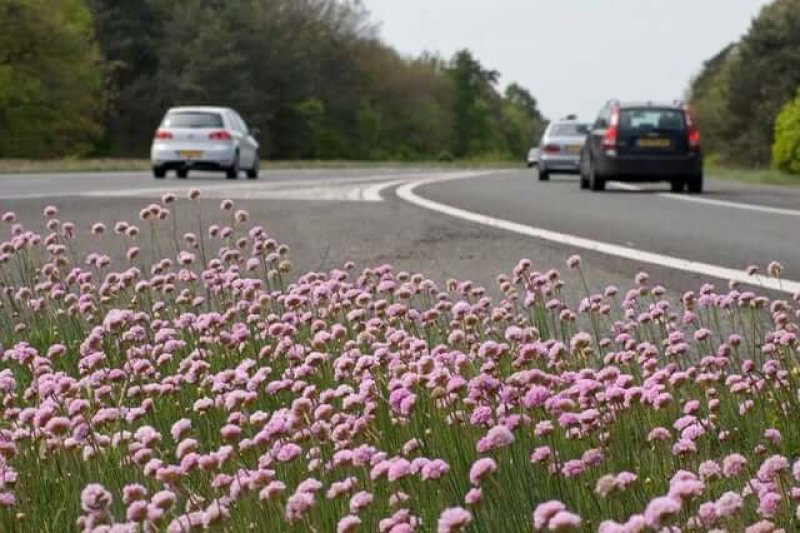That plants can be hampered indirectly by noise pollution has never been in doubt. Since most flowering species depend upon pollinators and most fruit-bearing species need animals to disperse their seeds, it is obvious that if these animal partners are harmed by noise then their botanical counterparts will do badly, too. What has remained unknown is whether or not plants themselves suffer directly from noise pollution.
Working with a team of colleagues, Dr. [Ali Akbar] Ghotbi-Ravandi grew two species in his lab that are commonly found in urban environments—French marigolds and scarlet sage.
The plants were grown from seed and allowed to mature for two months in the same space before they were divided into two groups.
One group was exposed to 73 decibels of traffic noise recorded from a busy motorway in Tehran for 16 hours a day. The other group was left to grow in silence.
After 15 days had passed, samples were taken from the youngest fully expanded leaves on every plant in the experiment and studied.
None of the plants exposed to the traffic noise did well. Analysis of their leaves revealed that all of them were suffering
The team found that a range of hormones normally associated with healthy growth and development in plants were present at significantly reduced levels in the plants exposed to the noise.
Two stress hormones, jasmonic acid and abscisic acid, which are normally produced to fend off insect attacks and deal with salty soil or very cold temperatures, were elevated.
Even the weight of the freshly clipped leaves differed—clippings from plants exposed to noise consistently weighed less than clippings from plants grown in silence.
Dr Ghotbi-Ravandi’s results were published in the journal Basic and Applied Ecology.
His findings make it clear that, though plants lack ears, the vibrations generated by the noise of traffic still bothers them enough to trigger potent stress responses that are not much different to those that would be found in plants exposed to drought, high salinity or heavy metals in their soil.































